You may ask if a leaf vacuum can handle big piles in your yard. Homeowners have watched gas-powered models like the BG KV600 pick up wet and dry leaves easily. A SuperHandy Leaf Vacuum & Wood Chipper is not like a normal leaf blower. It can clean up big messes and also mulch debris. Some vacuums pick up almost all the leaves in one try. This makes hard yard cleanup much easier.
Key Takeaways
Leaf vacuums help clean yards fast and easy. They pick up leaves, branches, and other messes. They also mulch to make less waste.
Picking the best leaf vacuum depends on your yard size. It also depends on what kind of mess you have. Gas models are good for big yards. Electric or battery models are better for small yards.
For best results, get your yard ready first. Take away big sticks. Vacuum dry leaves. Empty the bag often. Wear safety gear like goggles and ear protection.
Big Yard Messes
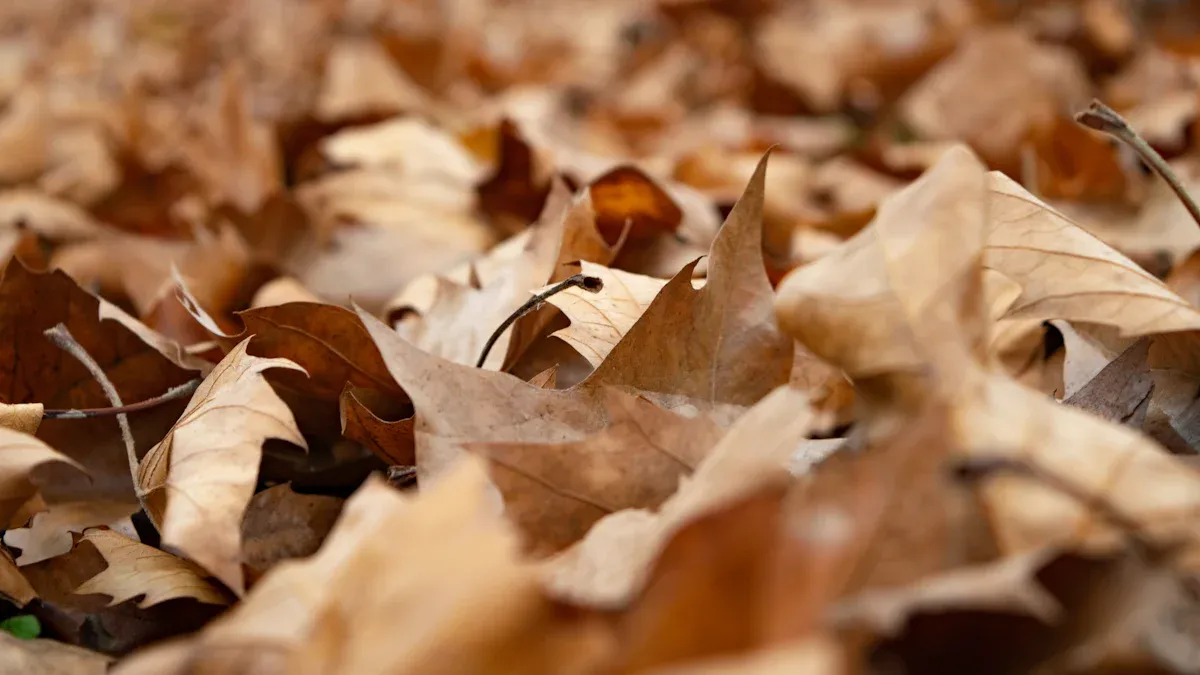
Types of Debris
When you look at your yard after a storm or at the end of fall, you might see all kinds of messes. It’s not just leaves. You also deal with:
Overgrown plants that block walkways
Piles of grass clippings after mowing
Debris in garden beds that attracts pests
Dense brush that can take over corners of your yard
The amount of debris you face can change with the seasons and where you live. Here’s a quick look at how yard messes can pile up in different places:
Region/City |
When the Mess Is Worst |
What Happens |
|---|---|---|
Aarhus, Denmark |
Summer |
Lots of yard waste from fast-growing plants |
Austin, USA |
Summer |
More organic waste, especially after mowing |
Iranian Cities |
Winter |
More organic debris, less paper waste |
Lahore, Pakistan |
Spring |
Yard waste peaks, especially after new growth |
Astana, Kazakhstan |
Summer |
Highest amount of organic debris by weight |
Why a Leaf Vacuum
You might start with a rake or a leaf blower, but these tools can make big jobs feel endless. Raking is hard on your back and takes a lot of time, especially if you need to pick up leaves from tight spots. Leaf blowers can scatter debris everywhere, making it tough to get a clean finish. Many homeowners say that traditional tools just don’t cut it for large messes.
A leaf vacuum can make things much easier. You can pick up leaves and other debris directly into a bag, which saves you from bending over again and again. Many models also mulch the leaves, so you end up with less to haul away. You get better control, especially around flower beds and patios, where a leaf blower might just blow the mess around. If you want to save time and effort, a leaf vacuum can be a game changer for big yard cleanups.
User Stories
Leaf Vacuum Experiences
You might wonder what it’s really like to use a leaf vacuum for big yard messes. Homeowners have shared all kinds of stories—some full of relief, others with a few headaches. Here’s what you can expect:
Many people say a leaf vacuum, like the Cyclone Rake, saves their back and hours of work. You just walk behind it, and it picks up piles of leaves and even small sticks.
Some users love how these machines mulch the leaves. You can use the chopped-up leaves in your garden beds or compost pile. This helps your soil and keeps moisture in.
If you have a big yard, you might want a tow-behind model that attaches to your riding mower. Smaller yards do fine with walk-behind or handheld units.
Homeowners often say the cost is worth it. You buy a leaf vacuum once, and you don’t need to pay for yard cleanup every year.
Accessories like the Power Unloader make dumping leaves easy. You can blow them over a fence or into a truck bed.
But not every story is perfect. Some people run into problems:
Clogging can happen, especially if the hose gets blocked or the bag is too full.
Sometimes leaves or grass escape from the sides if the bag isn’t closed right.
Gas-powered models can be loud and need more care, like changing filters or spark plugs.
Battery-powered vacuums are quieter and easier to start, but they don’t have as much power and need recharging.
You’ll find that a leaf vacuum can turn a huge, messy job into something you finish in an afternoon. It’s not always smooth, but most people say it’s a big upgrade from a rake or leaf blower.
Testing Process
You might ask how experts and homeowners figure out which leaf vacuum is best. The testing process matters a lot. Experts from places like Family Handyman and Bob Vila use each machine for several days or weeks. They check how well it picks up leaves, how easy it is to put together, and how comfortable it feels to use.
They look at things like:
How fast and cleanly the vacuum picks up leaves and debris
How easy it is to switch between vacuum, blower, and mulcher modes
The size and shape of the collection bag
How heavy the machine feels after a while
How long the battery lasts (for cordless models)
How loud the machine gets
Bob Vila’s team, for example, tests each product without any bias. They point out both the good and the bad. They want you to know if a leaf vacuum clogs easily or if the bag is hard to empty. They also check if the machine is easy to fix or if you can get help from customer support.
When you read reviews or see “best leaf vacuums” lists, remember that the testing process includes real-world use. Experts and homeowners try these machines in their own yards, with real leaves and real messes. This helps you trust their advice when you pick your next leaf vacuum.
Features & Tips
What Matters Most
When you pick a machine for yard cleanup, you want something that makes the job easier, not harder. Homeowners say a few features really stand out:
Feature |
Why It Matters |
Example/Tip |
|---|---|---|
Turns leaves into small pieces, so you have less to haul away |
A good leaf mulcher saves time and space |
|
Collection Bag Size |
Bigger bags mean fewer trips to empty |
Look for easy-to-remove bags |
Power Source |
Gas models work best for big, tough jobs; electric is quieter and lighter |
Gas for large yards, electric for small spaces |
Noise Level |
Quieter machines keep neighbors happy |
Some models are as quiet as 50 dB |
Ease of Use |
Lighter weight and comfy handles help you work longer without getting tired |
Backpack styles spread the weight |
Price |
You get what you pay for—big jobs need bigger machines |
|
Maintenance |
Easy-to-clean filters and bags keep your machine running strong |
Clean after each use for best results |
You can see how noise levels compare here:
If you have a large yard, a gas-powered machine with a big bag and strong suction will help you finish faster. For smaller spaces, a lighter electric model might be all you need. Always check if your leaf mulcher can handle wet leaves or just dry ones.
Lessons Learned
You can get the most out of your yard tools by following a few simple tips:
Gather sticks and big debris before you start. This keeps your leaf mulcher from clogging.
Practice turning and backing up with your machine, especially near fences or ditches.
Always vacuum with the discharge side facing the leaves. This stops leaves from blowing back onto clean spots.
Wait for dry weather. Wet leaves clump together and can jam your machine.
Keep your grass short and dry for the best results.
Empty and clean the bag after each use, especially if you picked up wet leaves.
Wear safety gear like goggles and ear protection, especially with gas models.
Store your machine in a dry place and follow the manual for oil and filter changes.
Tip: Clean up leaves before it rains. Wet leaves are heavy and tough for any leaf mulcher or vacuum to handle.
If you take care of your machine and use it the right way, you’ll spend less time cleaning and more time enjoying your yard.
You want a leaf vacuum that handles big messes fast. Check out this table for top picks:
Model |
Power Source |
Best For |
|---|---|---|
Billy Goat |
Gas |
Large yards |
Craftsman |
Corded |
Small spaces |
Gas models give you power and long run time, but they’re loud and need care. Battery and corded types are easier to use but work best for small jobs. Before you buy, think about yard size, bag capacity, and how easy it is to move the vacuum. For more help, talk with local equipment dealers or check expert guides online.
FAQ
How often should you clean your leaf vacuum?
You should clean your leaf vacuum after every use. This keeps it running well and stops clogs from building up.
Can a leaf vacuum pick up wet leaves?
Yes, some models can handle wet leaves. Wet leaves may clog cheaper or smaller vacuums. Try to vacuum when leaves are dry for best results.
What safety gear do you need when using a leaf vacuum?
You should wear goggles and ear protection. Gloves help protect your hands. Always read your machine’s manual for more safety tips.


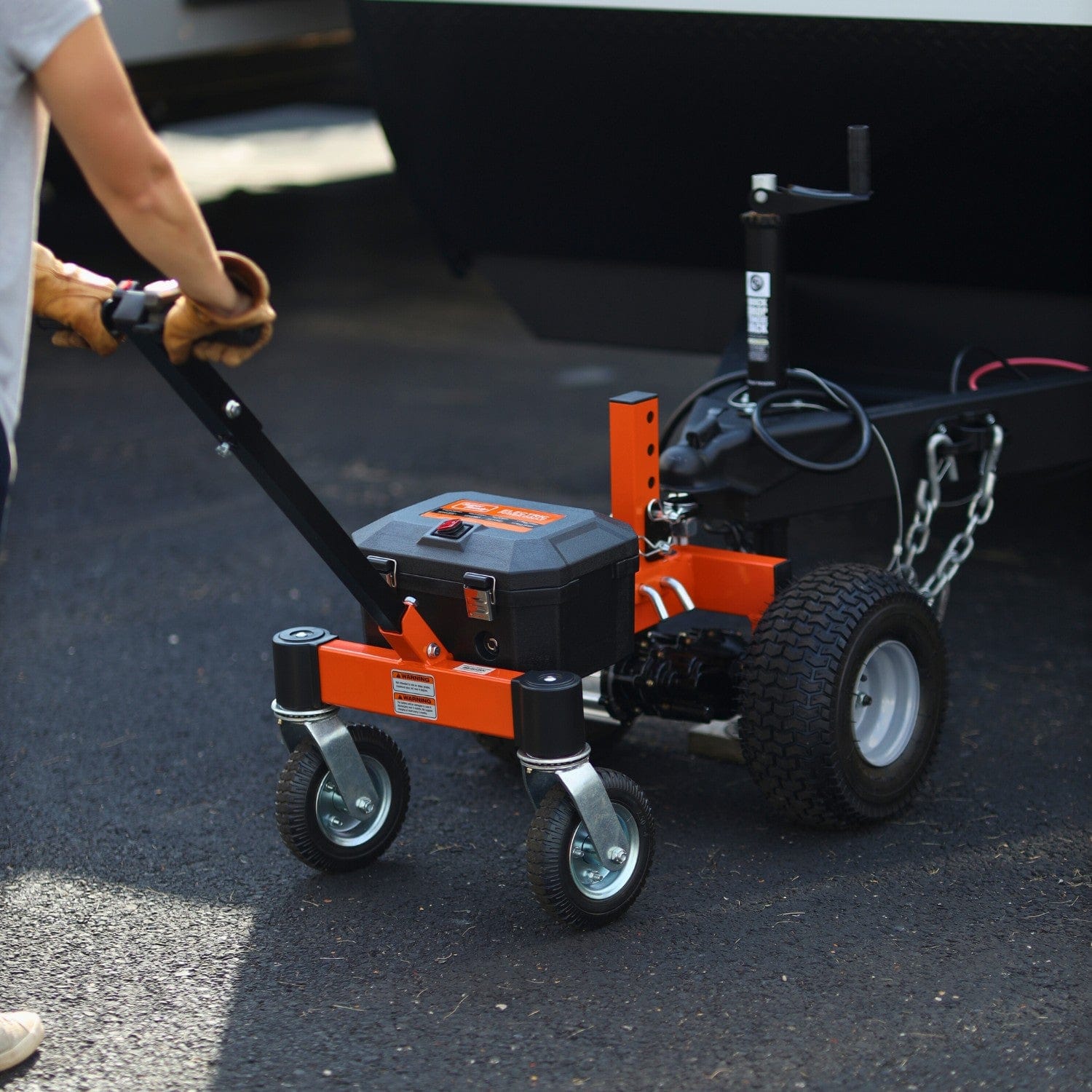
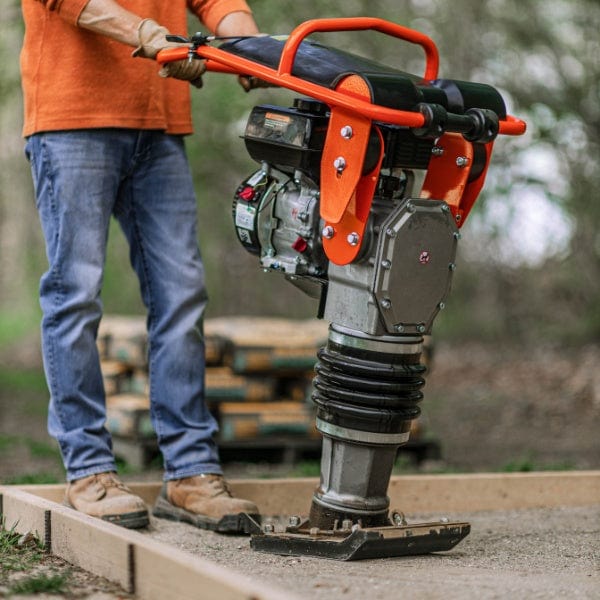
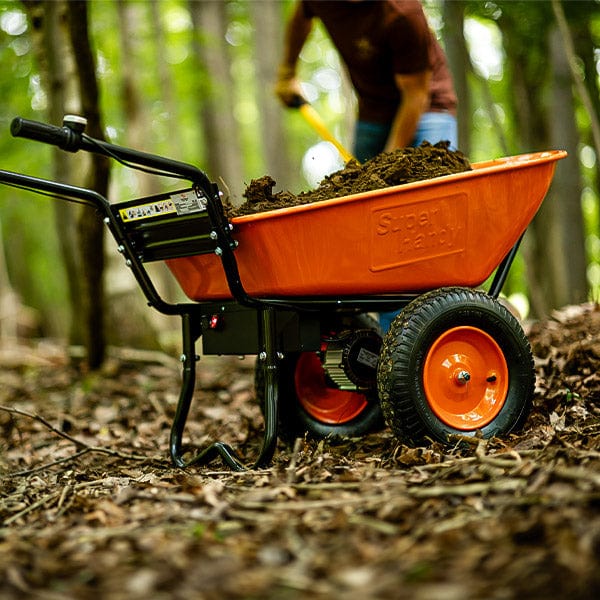


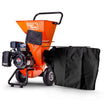
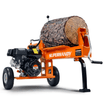
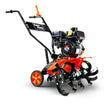
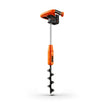
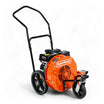
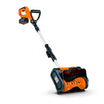
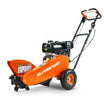
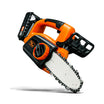

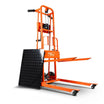
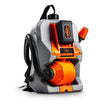
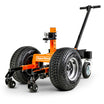
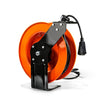
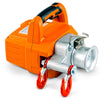
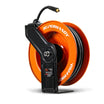

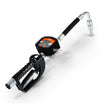

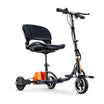
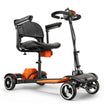
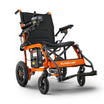
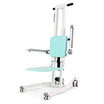

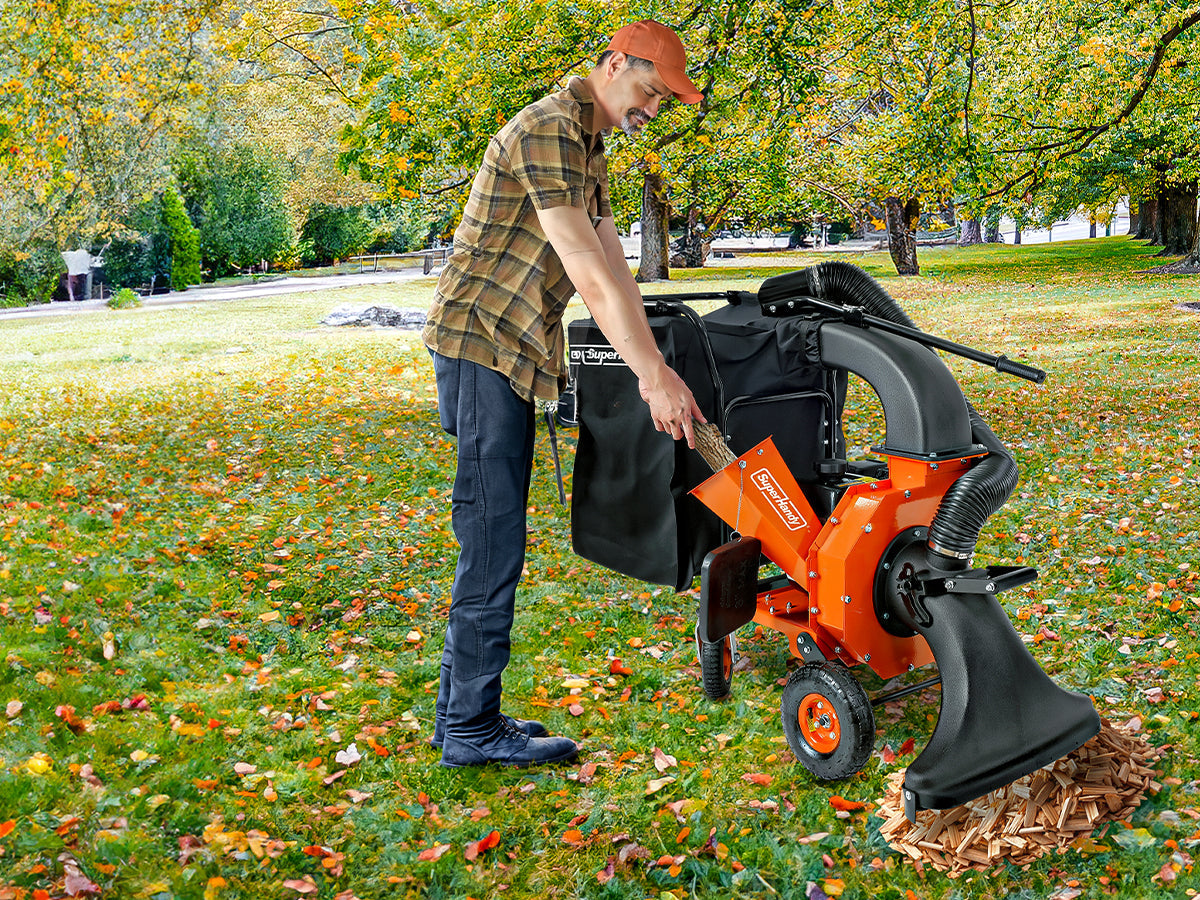
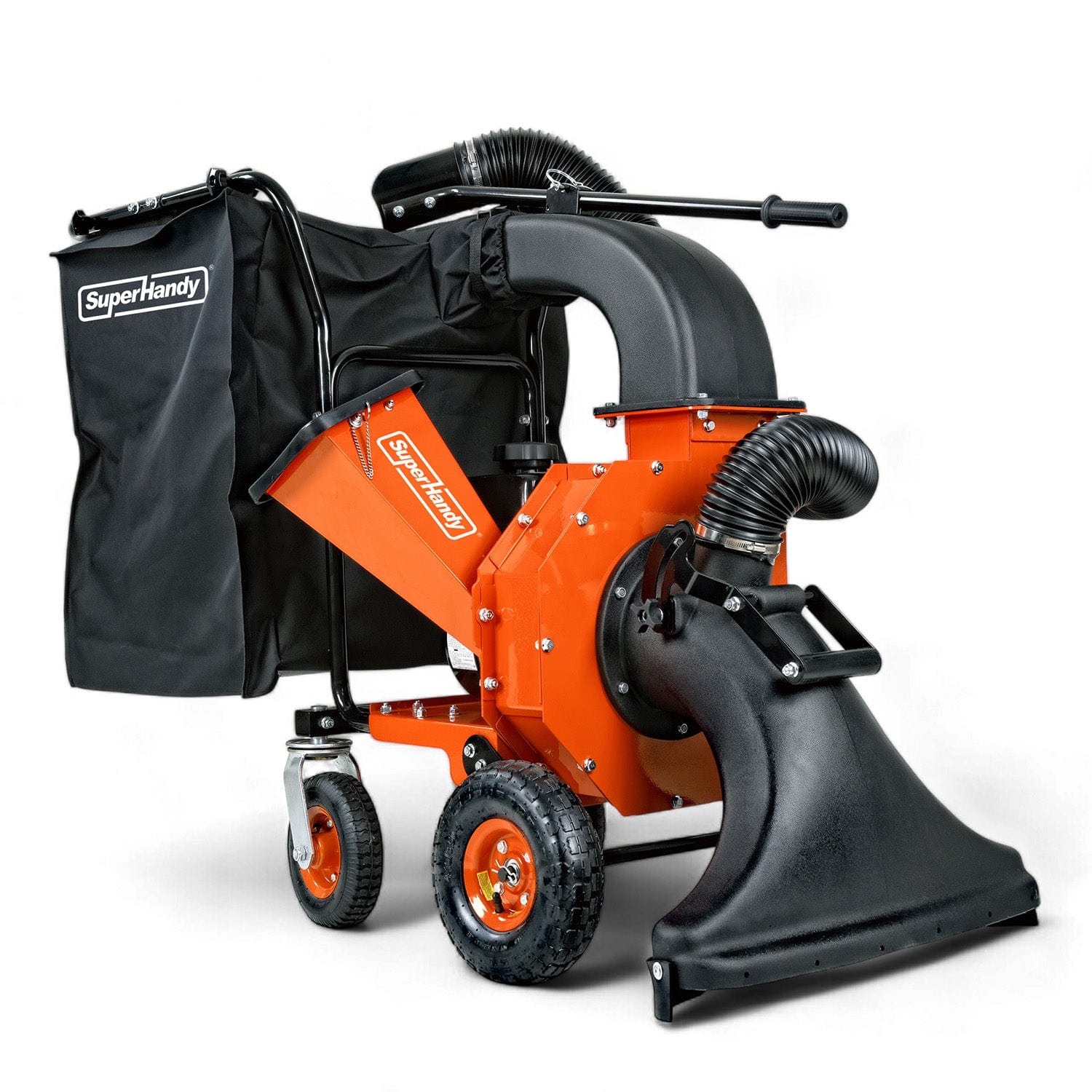
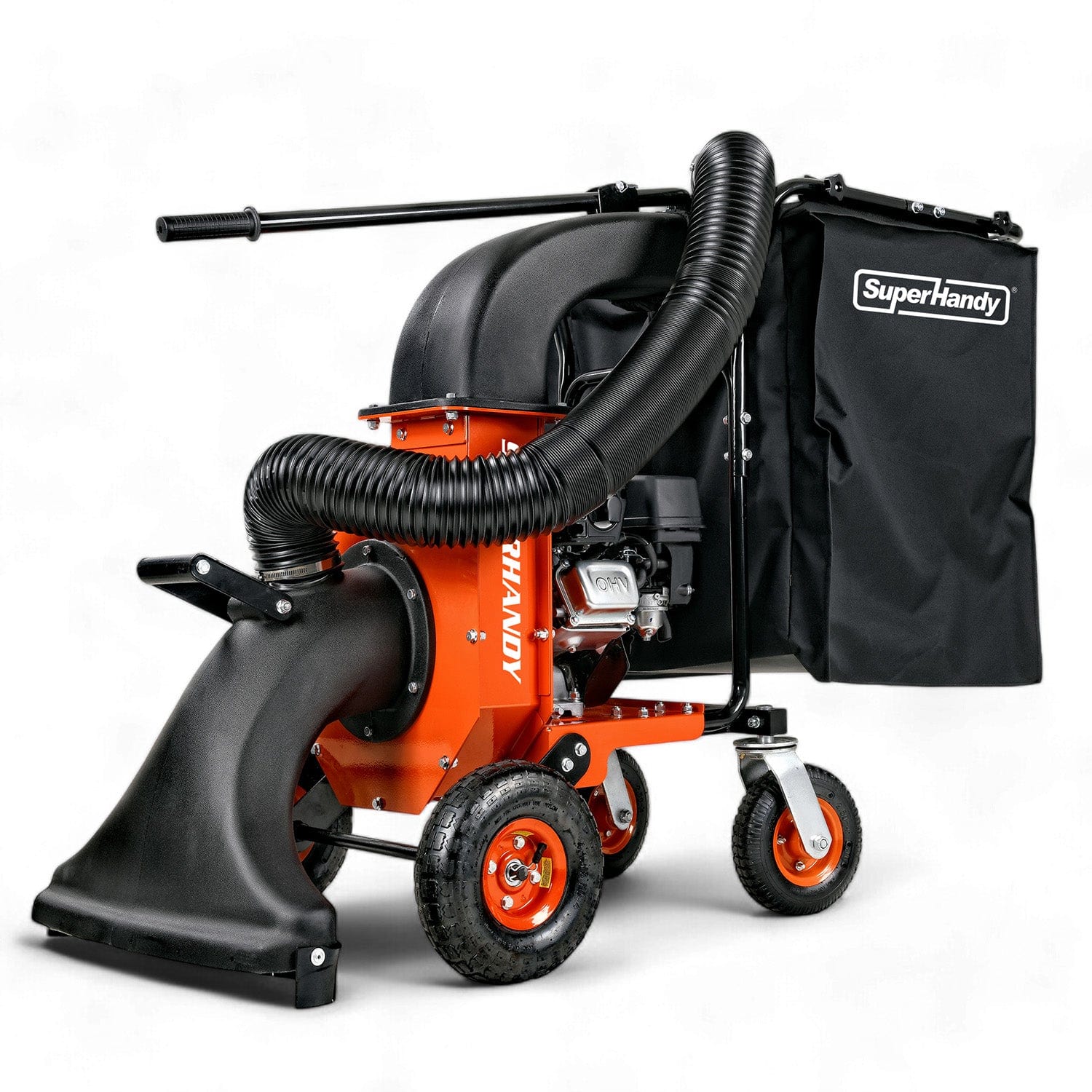
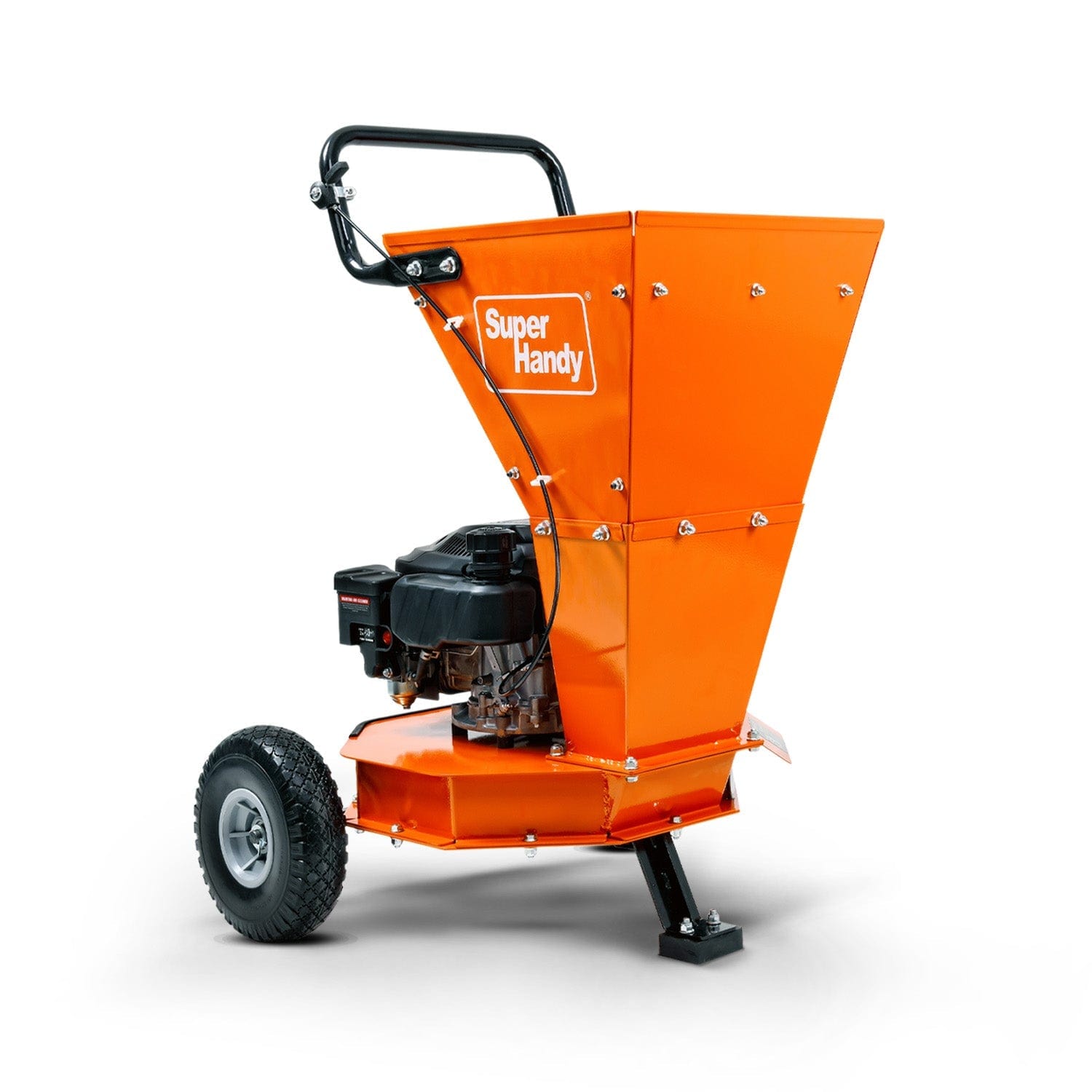
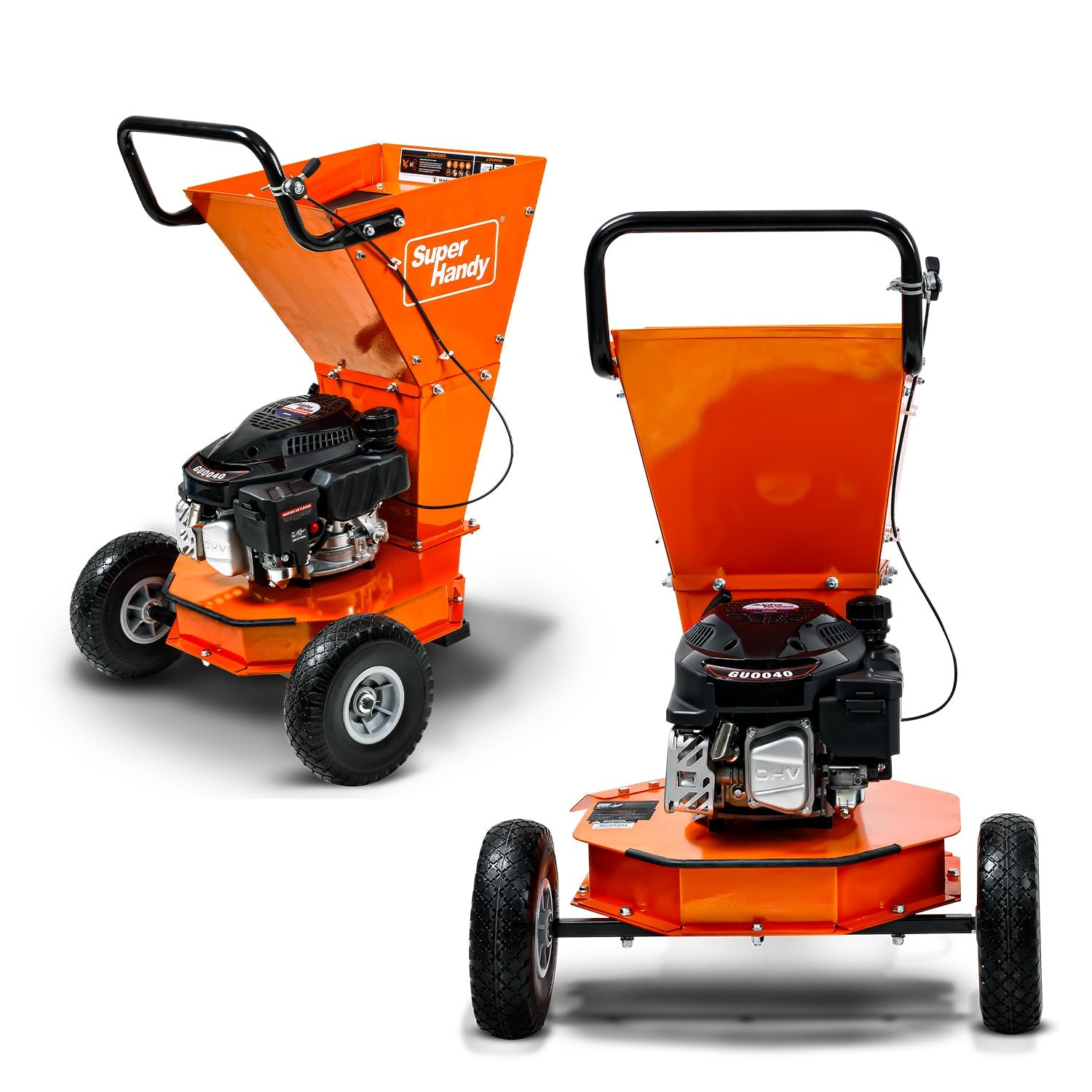
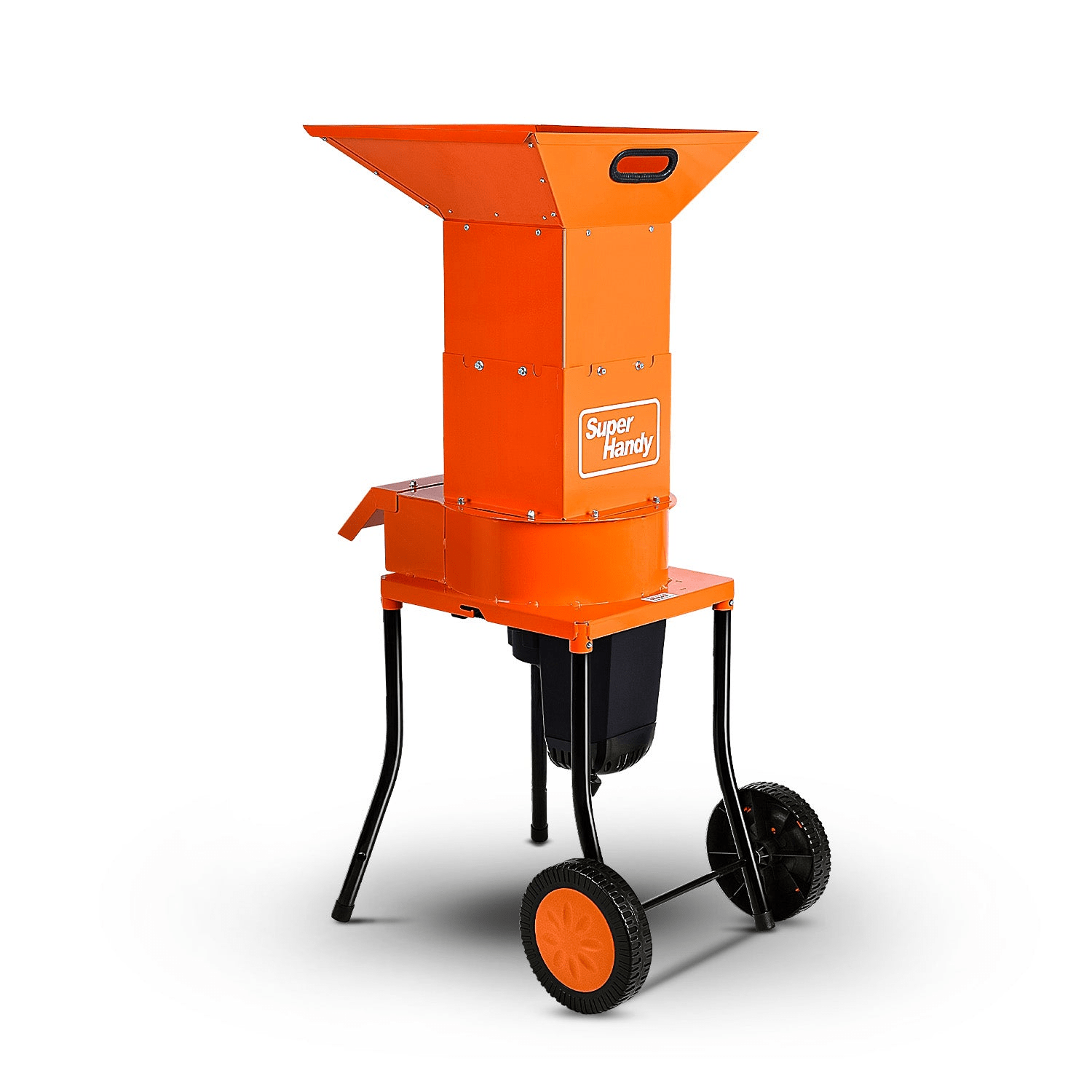
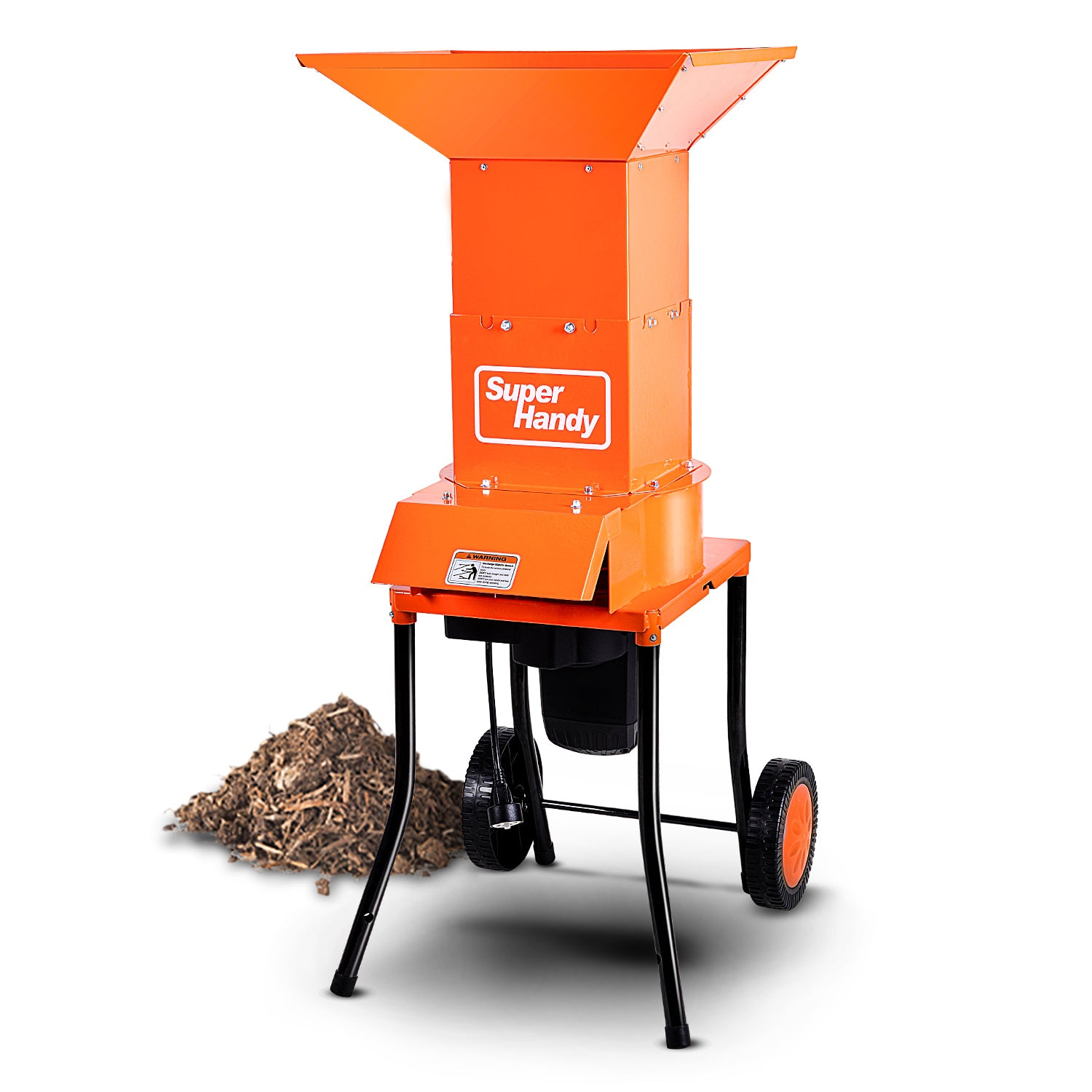
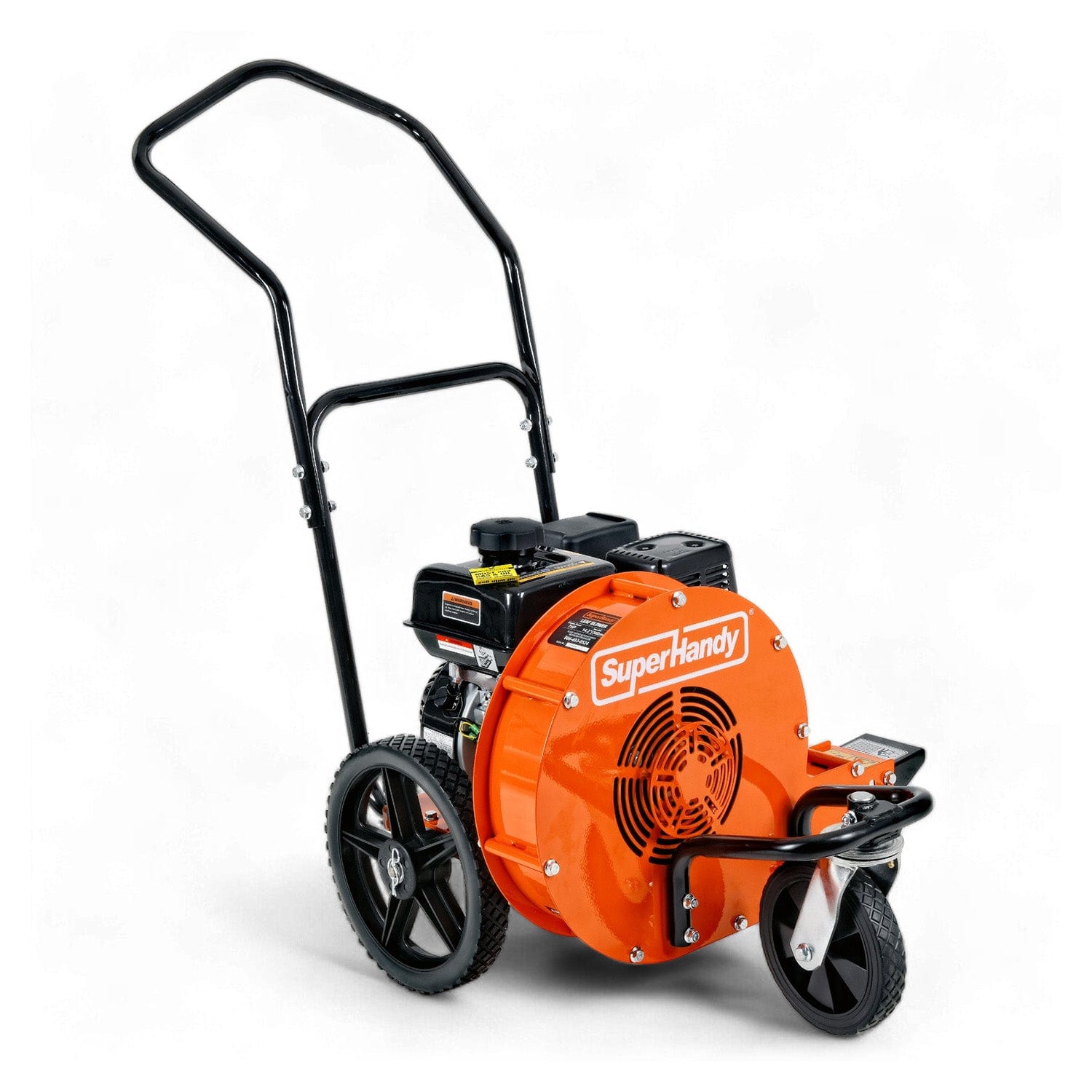
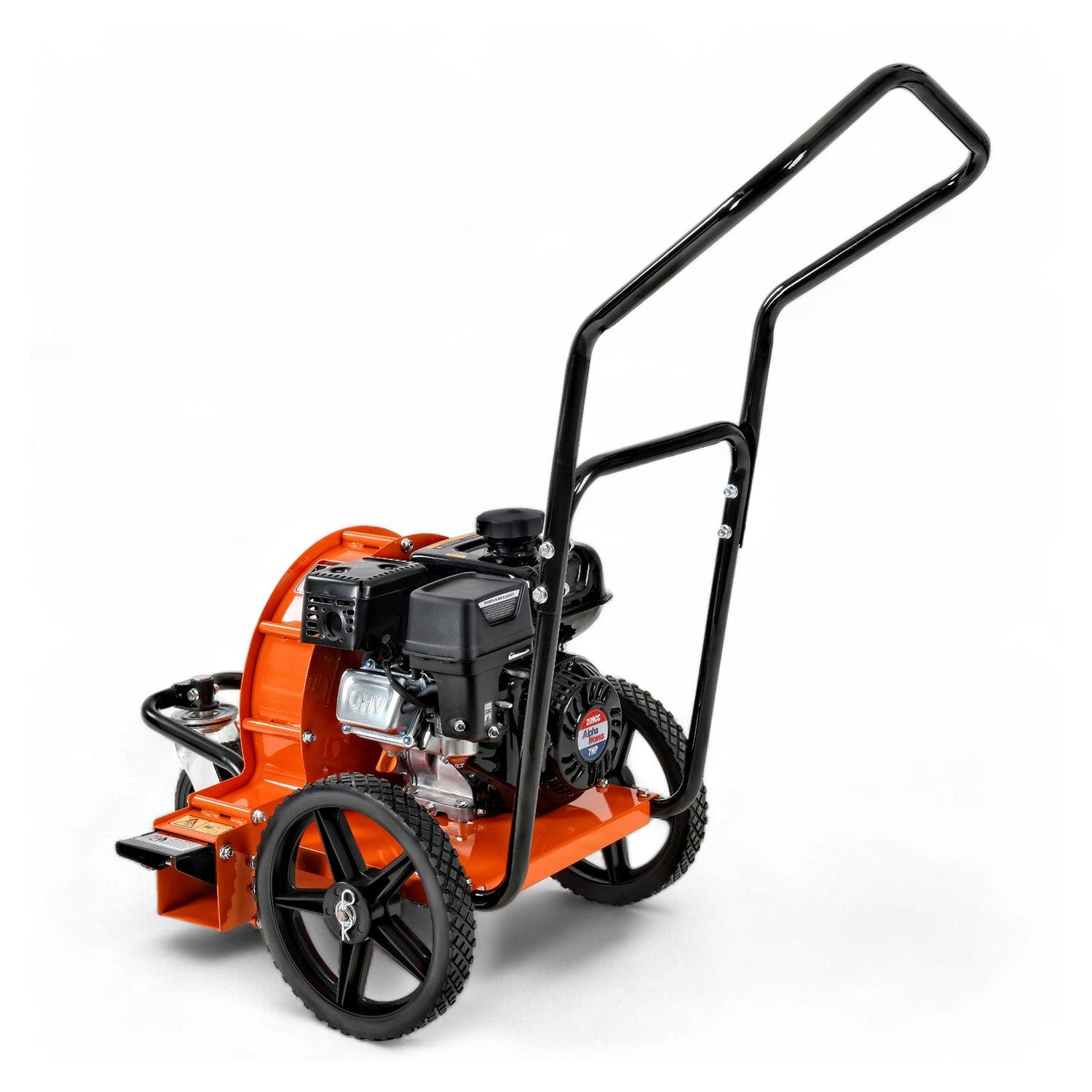
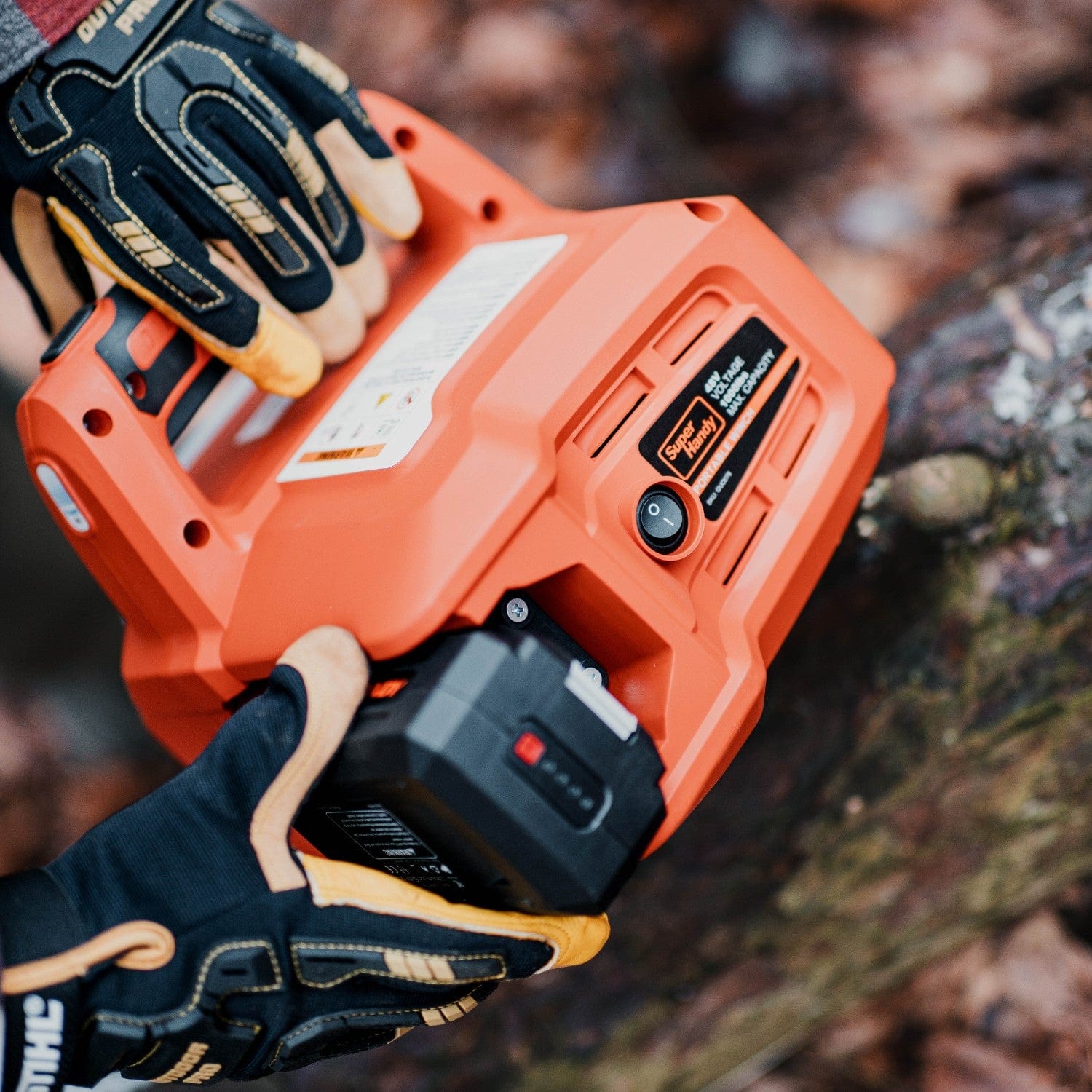

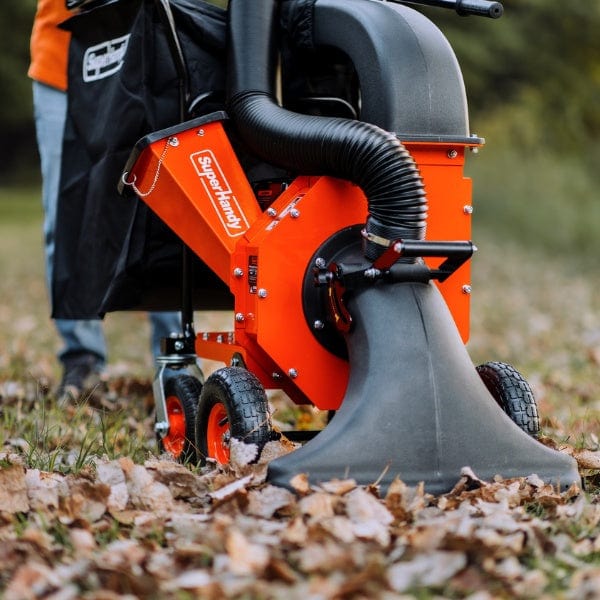
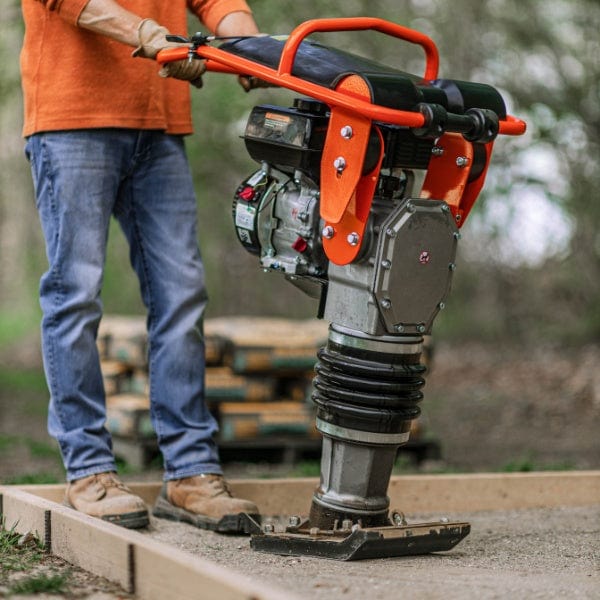

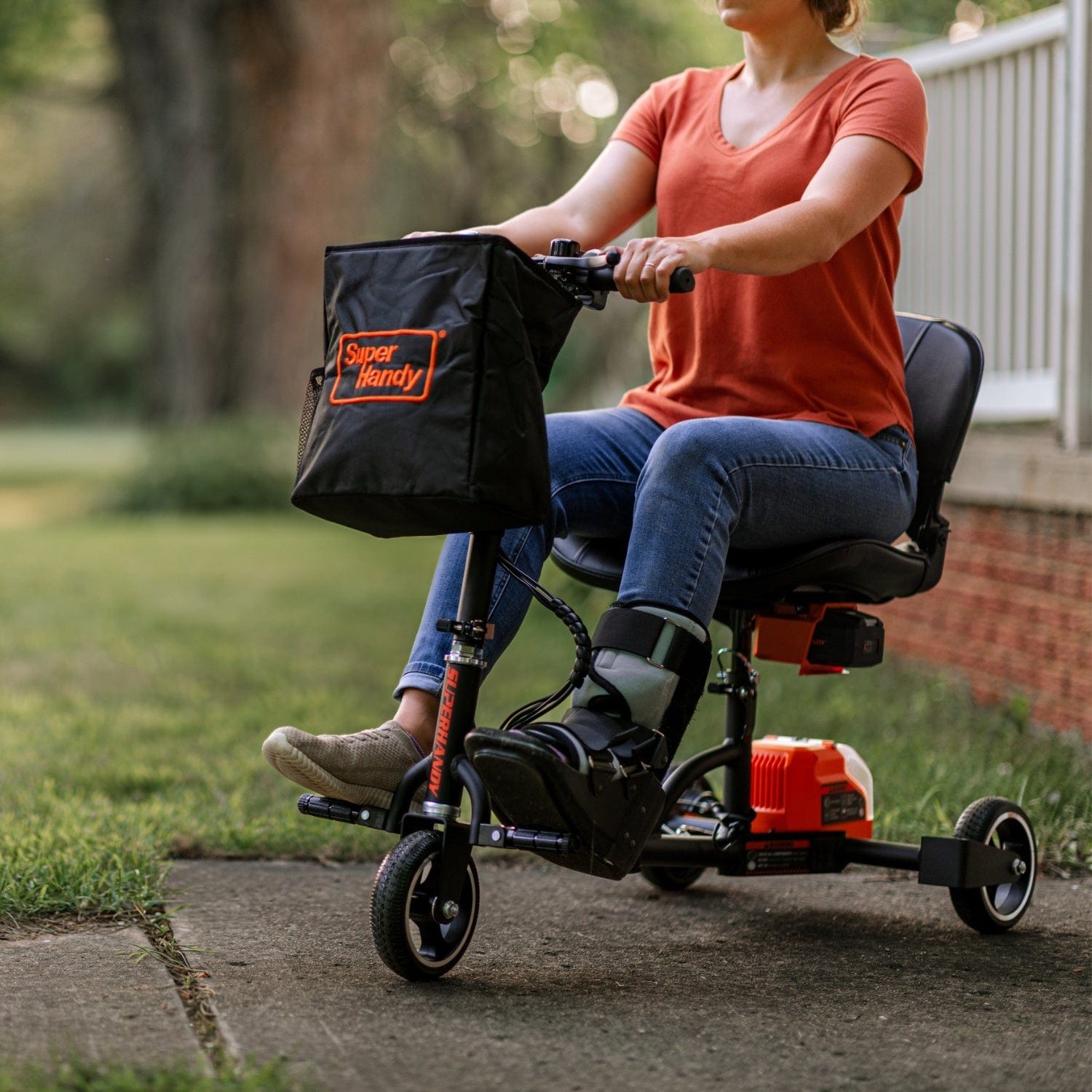
Leave a comment
All comments are moderated before being published.
This site is protected by hCaptcha and the hCaptcha Privacy Policy and Terms of Service apply.